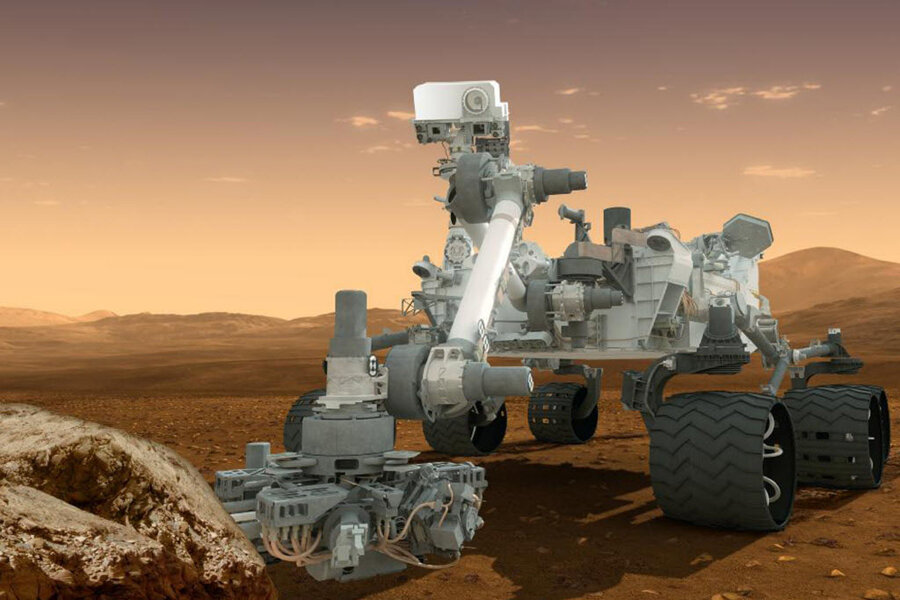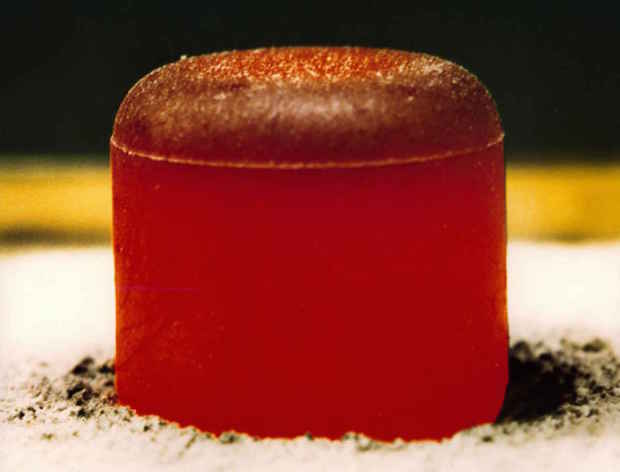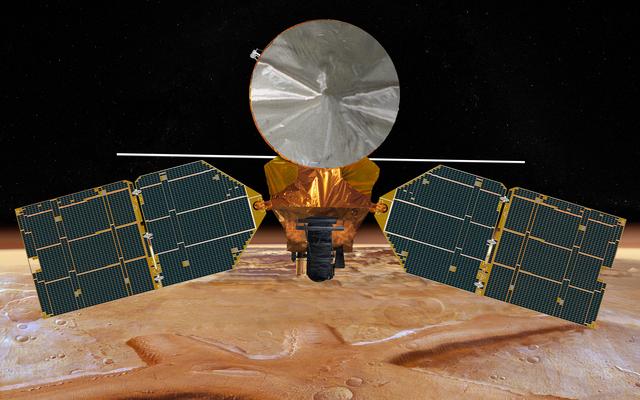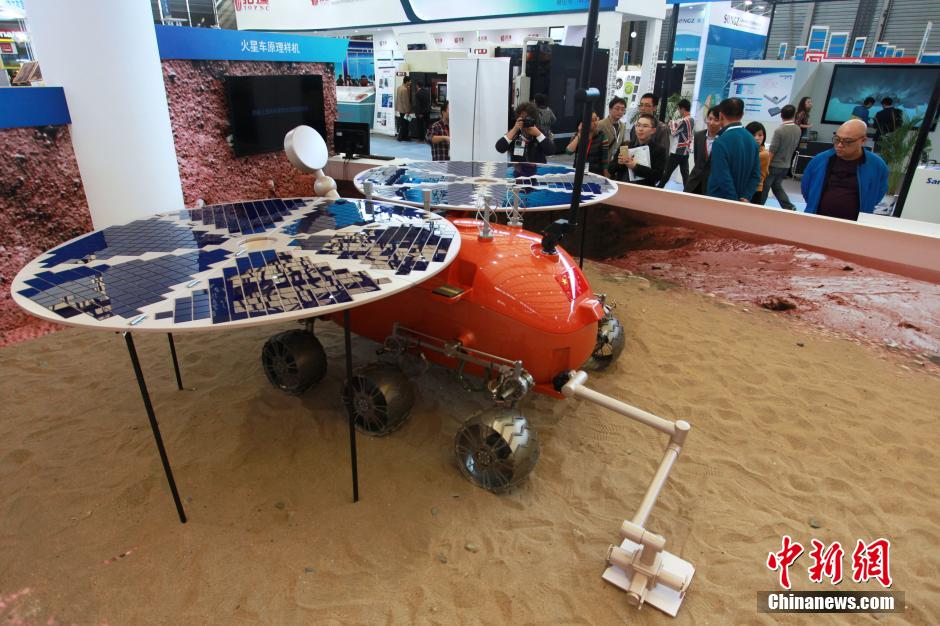
NASA/AP
Nearly 20 years after Pathfinder rolled onto an ancient Martian flood plain called Ares Vallis, NASA’s four Mars rovers have only covered about 38 miles of the Red Planet. That leaves plenty of territory for the next lander, Mars 2020, to explore.
At a conference last week, scientists determined three possible landing sites for the rover: Columbia Hills, Northeast Syrtis, and Jezero Crater. Orbital observations and previous rovers have found that the first two sites were likely once home to hot springs; Jezero Crater may have held a large lake.
“If you find where the liquid water was,” Bruce Betts, director of science and technology for the Planetary Society, tells The Christian Science Monitor, “if there were ever life on Mars, that would be a good place to look.”
This “follow the water” paradigm has guided NASA’s missions to Mars since the 1990s. The Mars 2020 mission, scheduled for launch in three years, continues this approach and adds a new goal: returning samples for Earth-based study.









